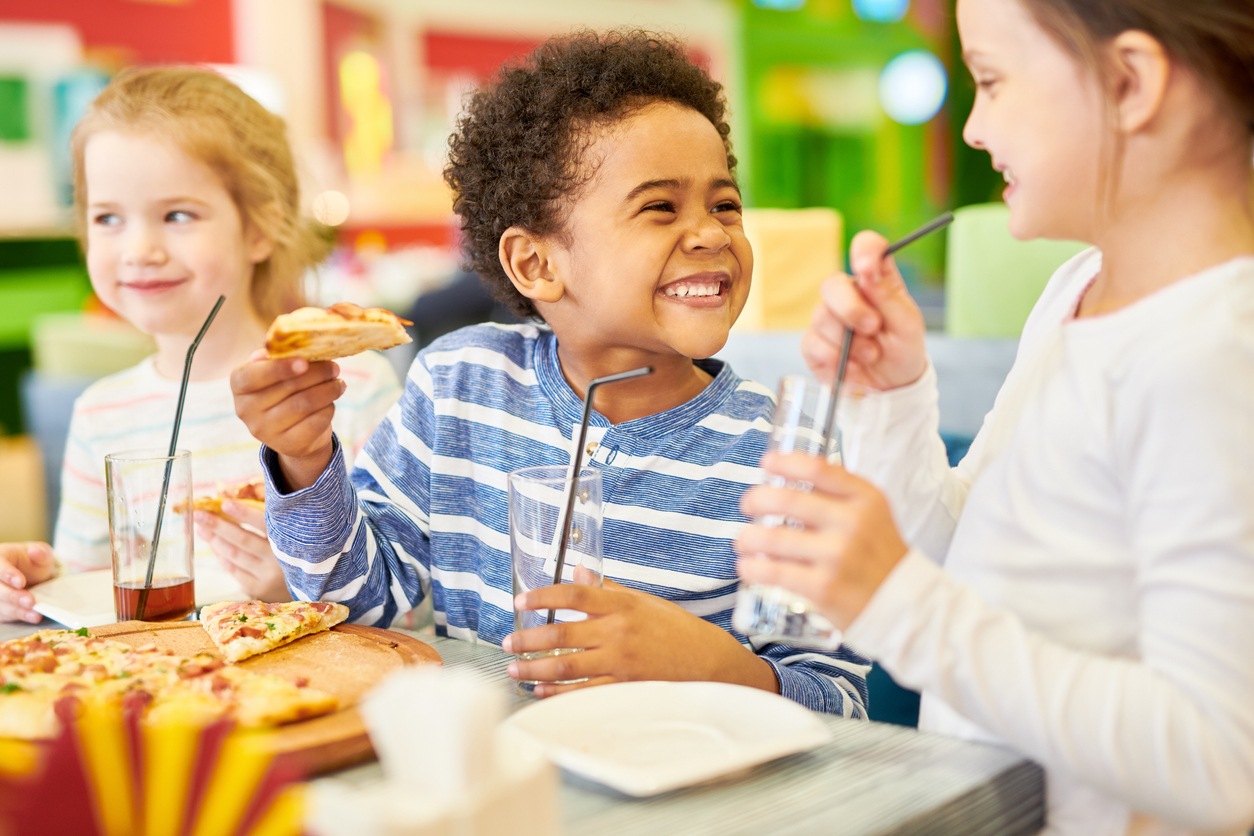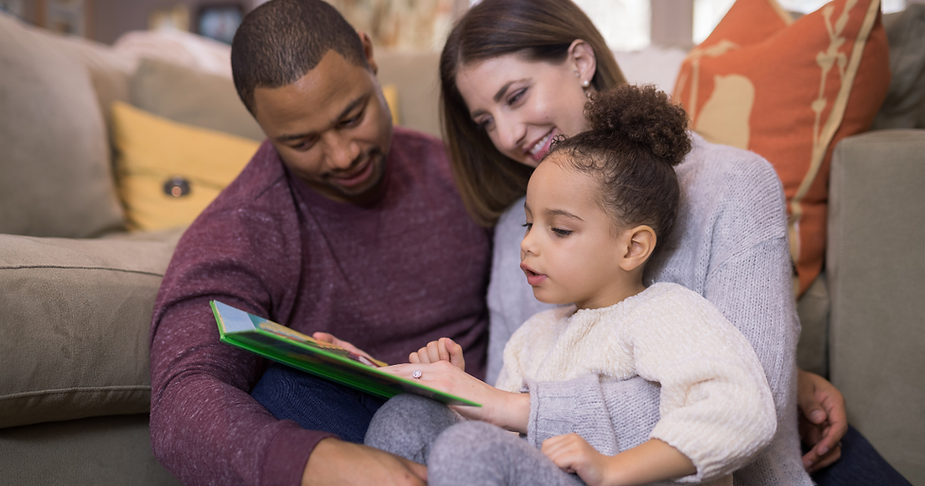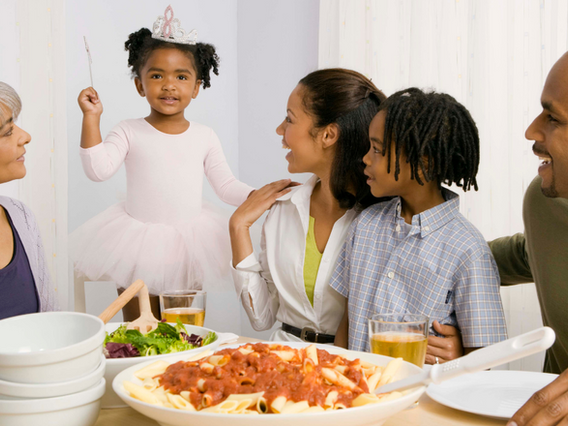Parenting & Childcare Blog
7 Tips to Host a Trauma-Informed Party
Hosting a party for a child who has experienced trauma, which is unfortunately common for children in foster care, requires a thoughtful and highly sensitive approach. At Together for Youth, we understand the importance of creating safe and nurturing environments for children who have faced an unusual amount of hardship at a young age.
Here are 7 valuable tips to help you host a trauma-informed party, ensuring a positive and supportive experience for your child.
Create a Safe and Supportive Environment
Start by setting the stage for a safe and supportive environment. Choose a location that the child feels comfortable in, whether it’s your home or a familiar and trusted outside venue they are familiar with. Create a calm atmosphere by minimizing excessive noise, ensuring adequate lighting, and arranging comfortable seating areas for relaxation.
Involve the Child in Party Planning
Empower the child by involving them in the party planning process. Ask for their input on the theme, activities, and guest list. This not only gives them a sense of control but also helps to build trust and confidence. Be open to their ideas and incorporate their preferences to make them feel valued and included.
Accommodate the Child’s Needs (Avoiding Sensory Overload)
Children who have experienced trauma may be sensitive to sensory stimuli. Consider their needs and make adjustments to minimize sensory overload during the party. Provide a quiet space where they can retreat if they feel overwhelmed. Avoid loud music, flashing lights, or crowded spaces that might trigger anxiety or distress. It is also important to minimize the opportunity for others to yell or make sudden, quick movements. Consider this when planning games or activities for the children.
Honor the Child’s Culture and Traditions
Respect and honor the child’s cultural background and traditions. Incorporate elements that celebrate their heritage into the party, such as traditional music, food, or decorations. This not only acknowledges their identity but also helps them feel a sense of belonging and pride in their cultural heritage and connected to the theme of the party.
Involve the Biological Family when Safe/ Possible
If it is safe and appropriate, involve the child’s biological family in the party planning and participation. This can help maintain a sense of continuity and strengthen the child’s connections with their roots. Seek input from the family on ways to make the party inclusive and meaningful, fostering a sense of support and collaboration.
Stick to Routines When Possible
Consistency and routine can provide a sense of security for children who have experienced trauma. Whenever possible, try to maintain familiar routines during the party. This may include keeping meal and snack times consistent or incorporating activities that the child is familiar with and enjoys. By offering a predictable structure, you can help reduce anxiety and promote a sense of stability.
Provide Emotional Support
Ensure that the child feels emotionally supported throughout the party. Designate a trusted adult who can be available to listen, offer comfort, and provide reassurance. Be attentive to the child’s cues and offer opportunities for open and honest communication throughout the party. This support can go a long way in helping the child feel seen, heard, and understood.
By following these tips, you can create a trauma-informed party that fosters a sense of safety, belonging, and joy for children who have experienced trauma. Remember, each child’s journey is unique, so be flexible and responsive to each child’s individual needs.






